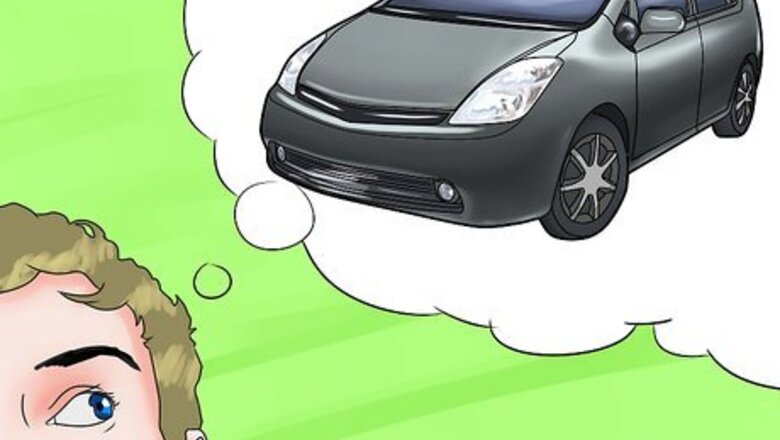
views
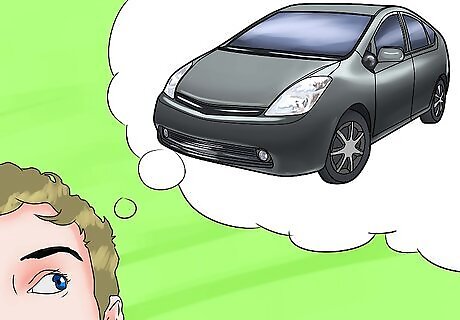
Plan to spend about 60 minutes to complete the job. With experience, the process will take less than 5 minutes, but allow extra time if this is your first time changing the bulbs. You don't need help from anybody. This is a very light job. You may wish to change both HID light bulbs at the same time simply because if one of them failed the other may fail soon.
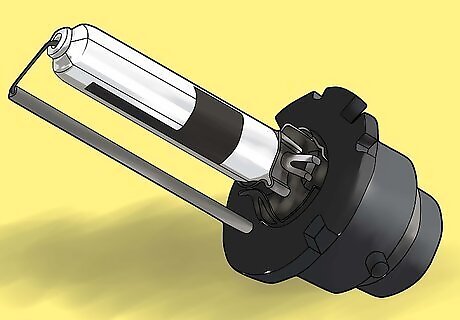
Get the Prius HID headlights online. 2006-2009 Priuses use D4R HID bulbs. The stock bulbs are made by Phillips and have a color temperature of 3400K. These can be found on eBay for $35 per bulb rather than the $150 charged by Toyota. Other brands can be found for $50 per pair. Other color temperatures are also available. The higher the color temperature, the more blue the lights will be (example: 8000K is much bluer than the stock 4300K (bright yellowish)).While it may be a good idea to replace both bulbs at the same time, if you choose not to do this, make sure to get the same color temperature bulb as the existing one or your headlights will appear different. In some places, it may be illegal to use higher kelvin (more blue or purple) bulbs. Some users note that the standard 4300K bulbs provide the best visible light for nighttime driving, and do not recommend going above 5000K.
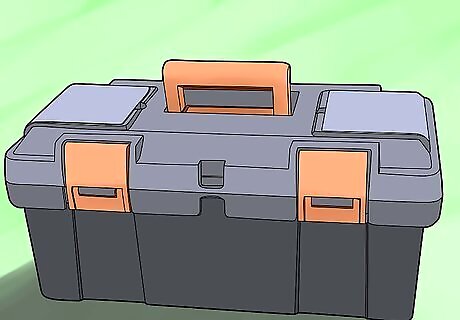
Get the tools for the job. Phillips head screwdriver Flathead screwdriver Small flashlight Telescopic mirror (helps to take a peek before and after removing parts that you can't see well) Rubber or latex gloves (for grip and to avoid getting oil on the new bulbs)
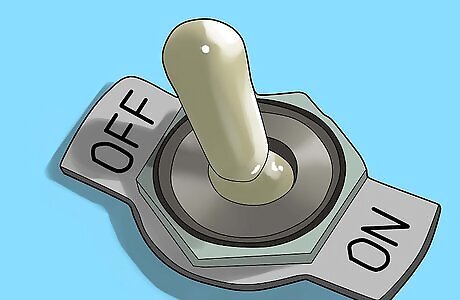
Turn off the headlights!
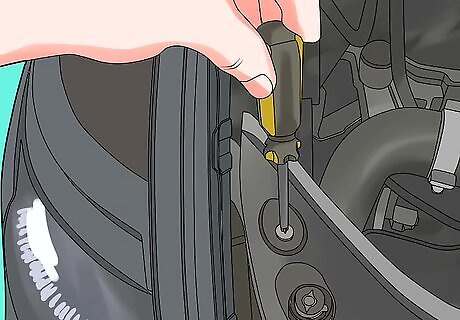
Remove the far left (passenger side) plastic fastener that holds the black plastic cover over the radiator [Passenger side only]. (You do not need to remove all the fasteners or the entire cover). This fastener is not a regular screw. Turn it with a phillips screwdriver without pushing down, and the center will pop up. You can then use a flathead screwdriver to gently pry the clip out of its hole.
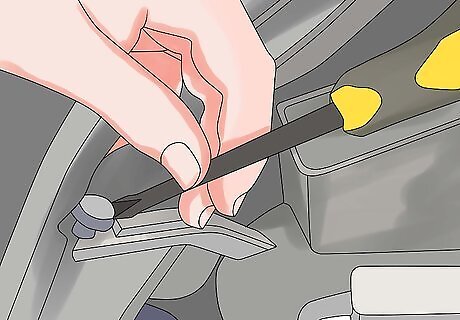
Remove the vent tube [Passenger side only]. This is a black plastic piece that looks like a snorkel, and is blocking your access to the rear of the passenger side headlight assembly. Once you have removed the fastener in the previous step, you can gently lift the plastic radiator cover to reveal the plastic fastener holding the vent tube. The fastener has two indentations that will receive a flathead screwdriver. Gently pry the fastener out, and remove the vent tube. As you remove the tube, it is a good idea to note how it seats on the opening below so you'll know how to replace it.
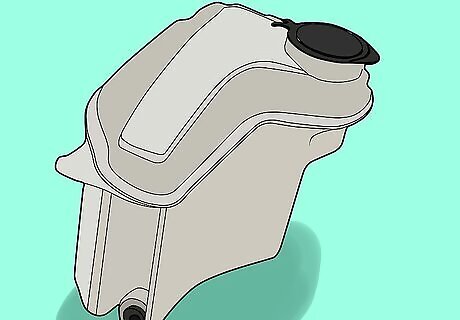
Unless you have very small hands, move the window washer fluid reservoir [Passenger side only] up-and-back (or remove completely). It has a pop-out screw or clip on the left and one threaded screw towards the firewall on top with a bolt/washer combo that holds it down. Also, there is an electrical wire that pops free from the right side. Take off the two electrical connectors at the bottom of the front of the reservoir by squeezing them and pulling. Now the container will come out with a little manipulation. The front plastic tab that goes to that threaded screw hold down will need to be bent just a tad to release from under the front lip and the whole thing will come out. You can probably let the container rest right there lifted up and out of the way; if you have very large hands, you can remove the “slide off” rubber hose connectors "on bottom" that will allow you to completely remove it and sit it on the ground.
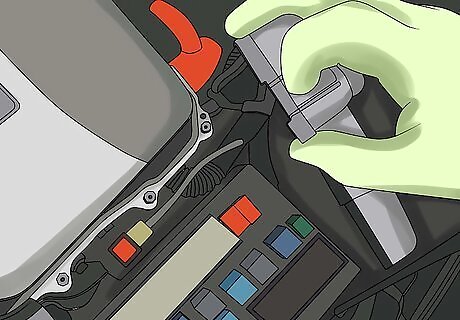
Remove the cover for the fuse box [Driver side only].
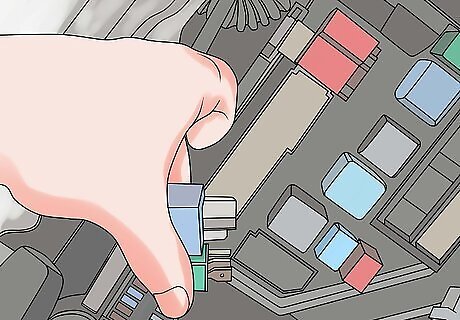
Optionally remove the blue and green relays from the fusebox [Driver side only]. These are the two that are closest to the headlight assembly, and will create a bit more room for your hand to reach behind the headlight assembly. These relays have several pins and pull straight out of the fusebox. Apply steady pressure and a slight wiggle and they will pull out.
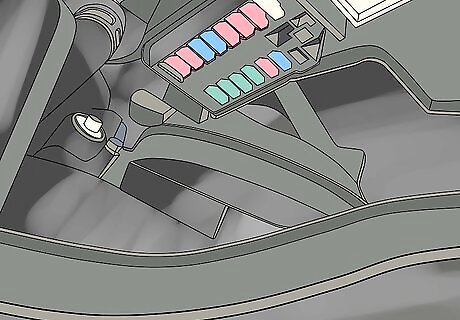
Remove the back of headlight assembly. This is the round plastic part that is about 4 inches (10.2 cm) across and has little fins around the outside. You need to turn it about an eighth of a turn counterclockwise. It has a very sticky O-ring to keep out moisture and may be very reluctant to turn. If this is the first time this part has been removed, then this step is by far the most time consuming of the entire process. The little fins to give you traction when attempting to turn; don't hit them with a screwdriver nor should you use pliers or tools, as you "will" break them off if you do! Use some garden gloves to improve grip and grab and turn counterclockwise. If it resists, wiggle it a bit to loosen the large O ring underneath and try again. "Constant" tension seems to be the key. If you look very close you will see it turning very slowly. It takes about an eighth of a turn before it stops and you can wiggle it free. Once you've done this once, it’s much easier should you need to do it again.
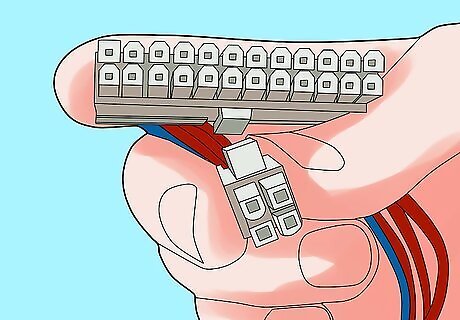
Optionally unplug the electrical connector off that plastic backing you just removed so you can turn or flip it out of the way to make more room for your hand. You can gently move the cover out of the way without disconnecting the connector. Just be careful not to pull on the wires.
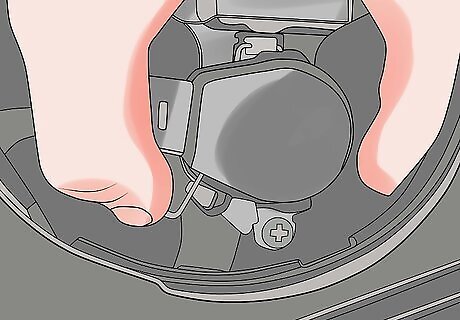
Remove HID bulb connector. Turn the chrome connector at the top (with a wire mesh connection) about an eighth of a turn counterclockwise and you will hear a click. Then pull it off. It may be a good idea "not" to touch the inside of this connector as it comes from the ballast with high voltage. (One user reported putting it near metal to discharge it and on one occasion actually hearing a pop from the arc).
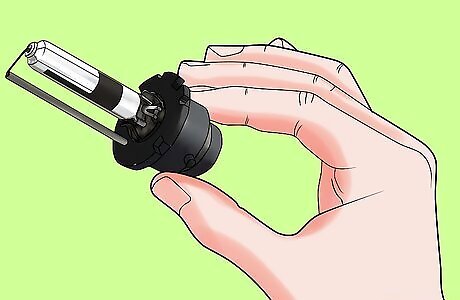
You are not supposed to touch the glass part of HID headlights because dirt or grease might make some regions of the glass overheat when in operation, decreasing the life of the HID bulb. Gloves are not required but may be useful. Just handle the bulb at the socket end.
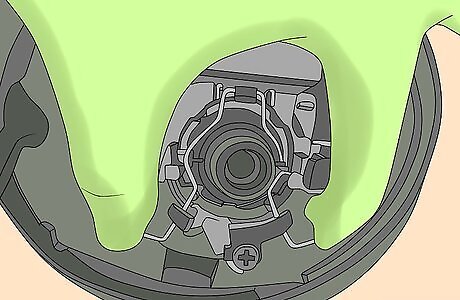
Remove the retaining springs; there are two -- one on each side of the bulb socket. Use a mirror and flashlight to see how the wire retaining spring latches "before" you remove it. They pull in, and back "towards the front of the car" and then out away from the base to release to let it fall forward "towards the engine" to release the bulb.
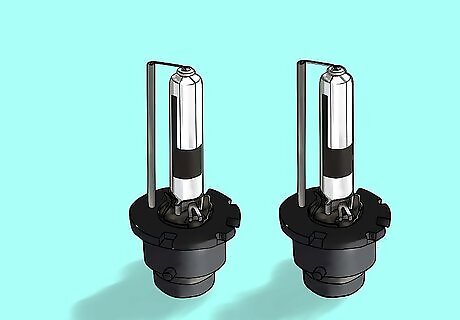
Remove the old bulb. Two things to note: The HID bulb fits only in the right orientation -- see grooves in its base. The solid wire on the bottom of the bulb goes to the bottom when positioned properly in the lens. If you look at the outside of the headlight, you will be able to see the bulb as you remove it, and note its orientation. Replace it the same way, or you will have a nasty shadow on the ground as it shines.
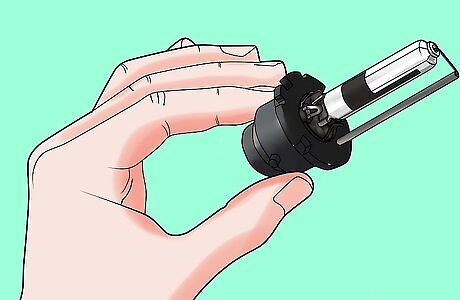
Install the new bulb. Be careful not to touch the glass. It helps to watch from the outside of the car through the front of the headlight lens while you insert the bulb to insure correct orientation and seating.
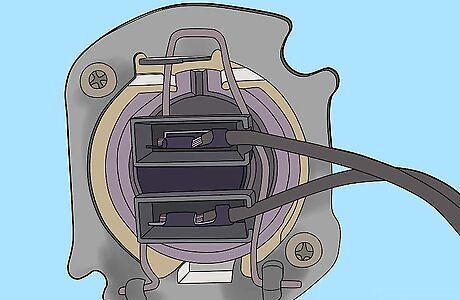
Replace wire retaining springs. If you have it fastened correctly, the bulb will be firmly seated and will not move when gently wiggled. Use a mirror again to verify that both tabs are seated properly.
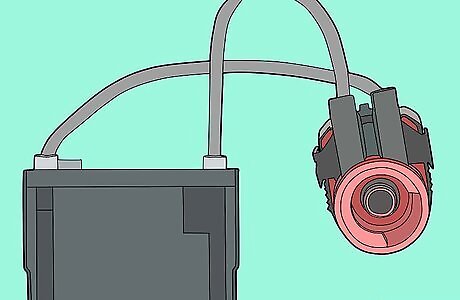
Replace HID bulb connector. Remember that the connector will need to be turned 1/8th of a turn clockwise to fasten it, so give it a slight turn in the opposite direction before connecting it to the bulb so you can then turn it to lock it in place. It goes on very gracefully and easily.
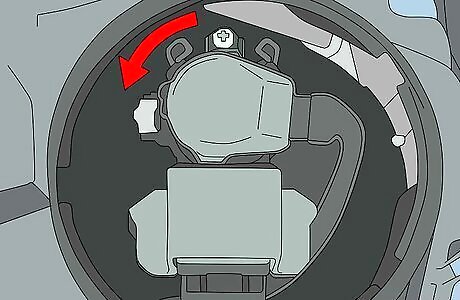
Replace electrical connector to back of lens cover if you optionally disconnected it.
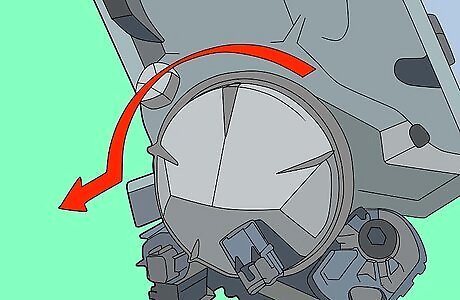
Replace back lens cover: Align the tabs on the round plastic cover and insert it into the lens assembly until the rubber gasket is well positioned and is not visible as the backing seats. The rubber seal prevents moisture from destroying the HID bulb inside. Turn the black cover 1/8th of a turn clockwise, making sure it fits well.
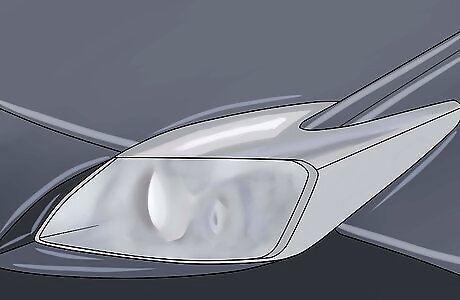
Test the light. Turn on the car and test the lights, and verify that it lights properly on low and high beams, and that the light is in alignment with the headlight on the other side. If the bulb seems out of alignment, the bulb may be seated improperly. Remove the back of the assembly again and re-insert the bulb to make sure it is seated correctly. Both headlights should be aimed at the same level.
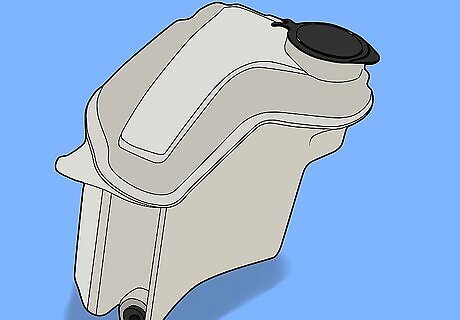
Replace the windshield washer fluid reservoir [Passenger side only] if you optionally removed it.
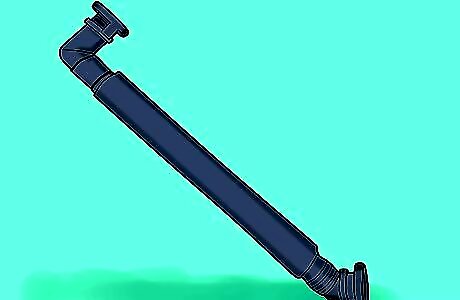
Replace the vent tube [Passenger side only]. Make sure to seat it properly, and then insert the plastic fastener into the hole on top.
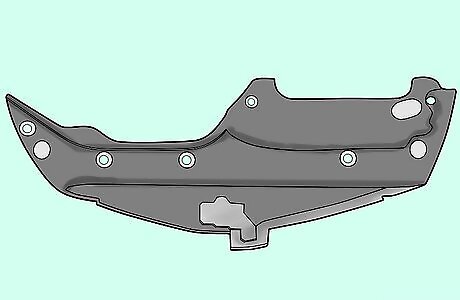
Replace the radiator cover fastener [Passenger side only]. Replace the single fastener that we removed to access the vent tube.
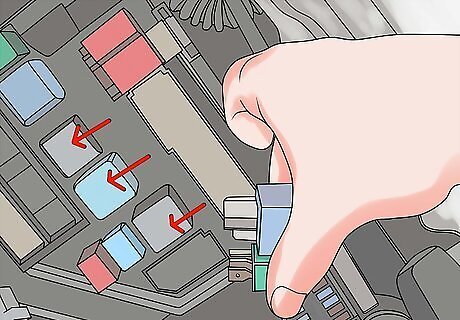
Replace the blue and green relays into the fuse box [Driver side only]. If you optionally removed the relays, replace them. View the pins to align them properly into the fuse box and gently press them into place until they seat.
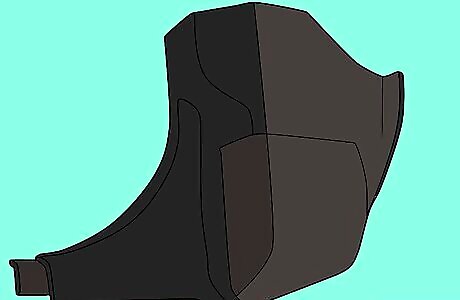
Replace fuse box cover [Driver side only].
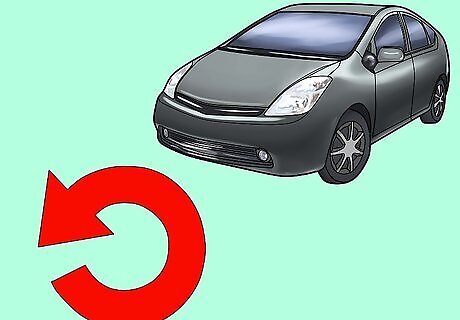
Repeat to replace the HID light from the other side of the car.
















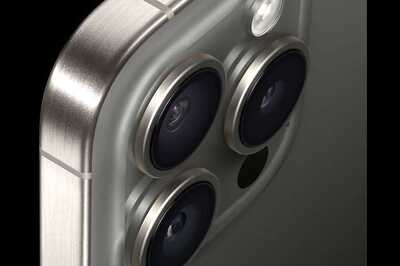

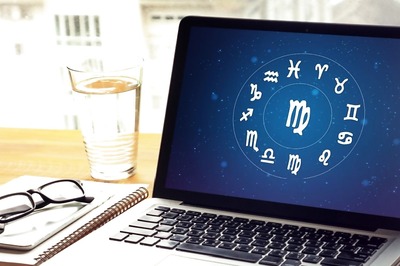

Comments
0 comment